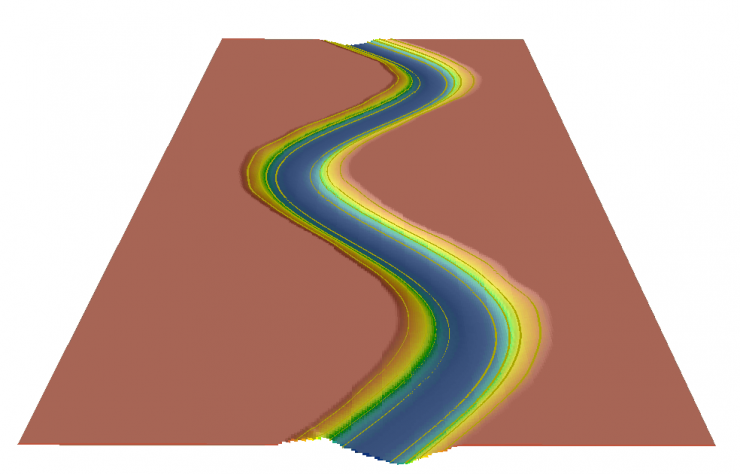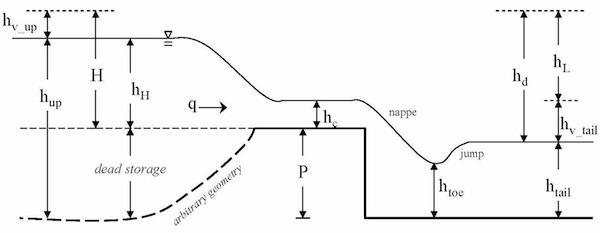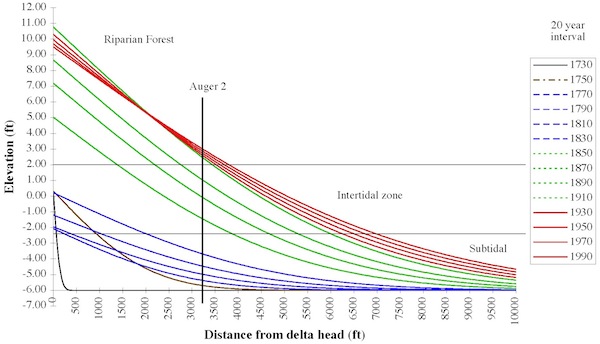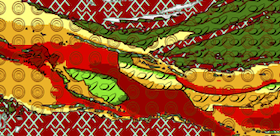Software
Programming has always been an important tool for science, but for people planning secure careers throughout the 21st century it is central and should not be neglected. This web page is for public dissemination of computer programs developed by the Pasternack Lab as part of different projects.
Recently, our group introduced two complementary but different programs for river science and engineering. The first, River Builder, allows the user to quickly create a wide variety of digital river valleys exactly to specification. The second, River Architect, is a broader river analysis platform with several modules that allow the user to plan and evaluate geomorphic, ecohydraulic, and economic aspects of river design. Both platforms are in active development.
Click on the titles below to download the model file(s).
River Builder
World's first open-source, procedural software for creating river terrains exactly to specification.

Arroyo, R. O. and Pasternack, G. B. 2017. River Builder User’s Manual. University of California, Davis, CA. doi:10.15140/D3TC9R.
River Architect
Python platform for ecohydraulic and geomorphic river & river design analysis.
Volcanic Lake Mass & Energy Balance Model
Mathematica algorithm for solving for variables related to heat and water flux throgh volcanic lakes. There are many ways to apply the algorithm, depending on what you want ot know, so it is programmed symbolically.

Pasternack, G. B. and J. C. Varekamp. 1997. Volcanic lakes systematics I. physical constraints. Bulletin of Volcanology 58:7:528-538.
Waterfalls Systematic Model (NSEAM 1.0)
Excel spreadsheet with detailed formulas for computing energy loss for a wide range of hydraulic goemetry settings around different kinds of waterfalls.

Wyrick, J. R. and Pasternack, G. B. 2008. Modeling energy dissipation and hydraulic jump regime responses to channel nonuniformity at river steps. Journal of Geophysical Research 113, F03003, doi:10.1029/2007JF000873.
Functional Flows Model
MATLAB algorithm for evaluating the number of days each year that a river delivers a variety of eoclogical functions that involve specified hydrologic, hydraulic, geomorphic, and ecological criteria.

Escobar-Arias, M. I. and Pasternack, G. B. 2010. A Hydrogeomorphic Dynamics Approach to Assess In-Stream Ecological Functionality Using the Functional Flows Model, Part 1- Model Characteristics. River Research and Applications 26: 1103–1128, doi: 10.1002/rra.1316.
Tidal Freshwater Delta Evolution Model
Excel spreadsheet and MATLAB code that solves the diffusion equation for landscape evolution of deltas.

Pasternack, G. B., Brush, G. S., and Hilgartner, W. B. 2001. Impact of Historic Land-Use Change on Sediment Delivery to an Estuarine Delta. Earth Surface Processes and Landforms 26:409-427.
DISCLAIMER: No warranty is expressed or implied regarding the usefulness or completeness of the information disseminated on this web page. References to commercial products do not imply endorsement. The concepts, materials, and methods presented are for informational purposes only. The programmer(s)/author(s) have made substantial effort to ensure the accuracy of the program, but the science of prediction is uncertain and by downloading files from this web site you accept that the programmer(s)/author(s) shall not be held liable for calculations and/or decisions made on the basis of application of the files. The information is provided "as is" and anyone who chooses to use the information is responsible for his or her own choices as to what to do with the data and the individual is responsible for the results that follow from their decisions.



